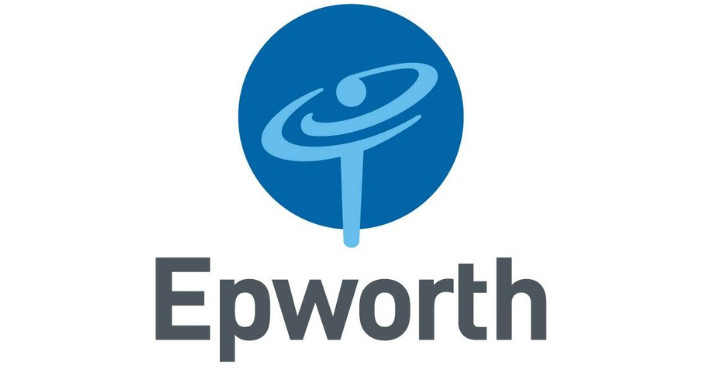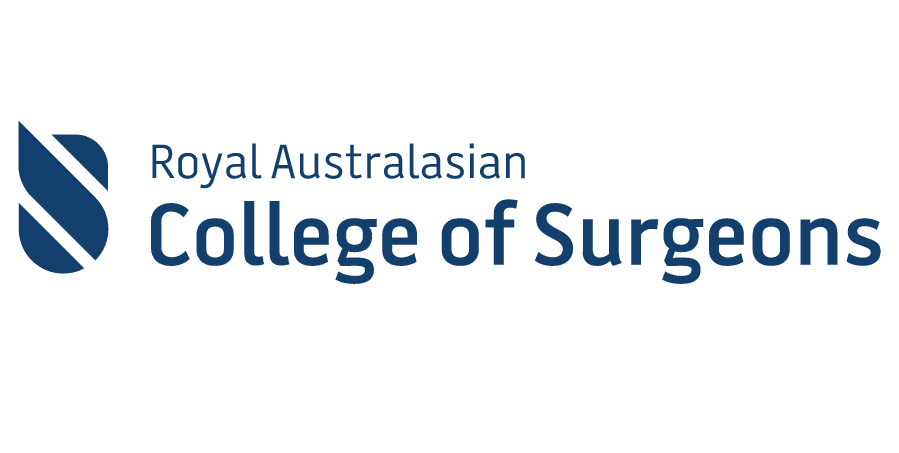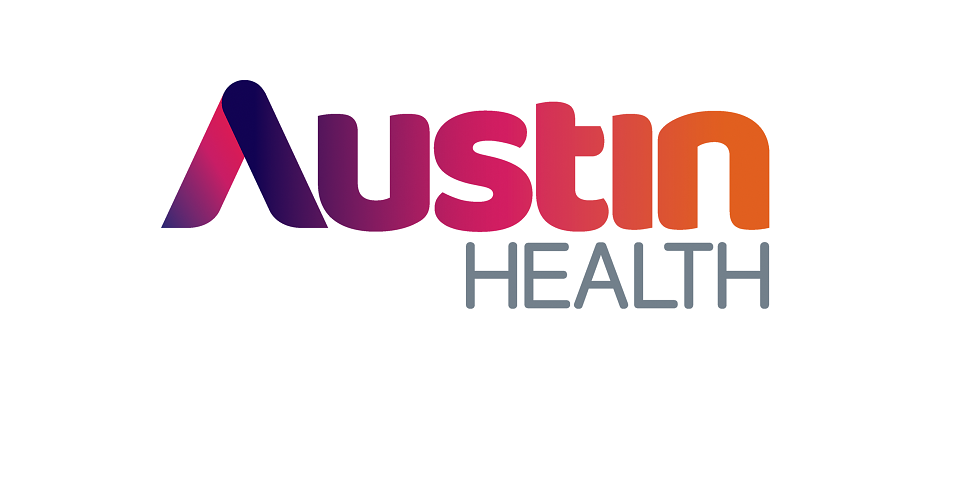Green Light Laser
What is Green Light Laser Prostatectomy?
Green Light Laser Prostatectomy (GLLP) is a minimally invasive surgical procedure for treating benign prostatic hyperplasia (BPH). The procedure effectively removes excess prostate tissue, relieving pressure on the urethra and improving urine flow.
Who is Suitable for Green Light Laser Prostatectomy?
- Men with BPH symptoms:
GLLP is typically recommended for men who experience moderate to severe symptoms of benign prostatic hyperplasia. These symptoms may include difficulty urinating, frequent urination, weak urine flow, urinary retention, or incomplete bladder emptying.
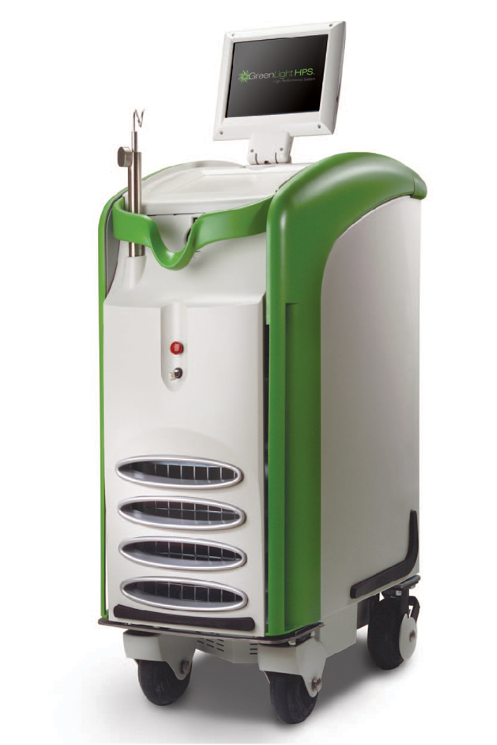
- Men with enlarged prostates: GLLP is most effective for men with moderately enlarged prostates. However, this procedure does not have an upper size limit.
- Men seeking alternatives to medication: Some men may prefer GLLP as an alternative to long-term medication for managing BPH symptoms. While medications such as alpha-blockers and 5-alpha-reductase inhibitors can help relieve symptoms, they may have side effects and may not be suitable for all patients.
- Men with contraindications to traditional surgery: GLLP may be recommended for men who are not suitable candidates for traditional prostate surgery, such as those with bleeding disorders or those unable to cease taking blood thinning medications.
- Men seeking a minimally invasive option: Compared to traditional surgical methods like TURP, GLLP offers potentially shorter recovery times and fewer complications. Men who prefer minimally invasive procedures may find GLLP a suitable option.
Benefits of Green Light Laser Prostatectomy
- Effective symptom relief: GLLP effectively relieves symptoms of benign prostatic hyperplasia (BPH), such as urinary hesitancy, weak urine flow, frequent urination, and incomplete bladder emptying, improving overall quality of life.
- Minimally invasive: GLLP is a minimally invasive procedure that utilises laser technology to remove excess prostate tissue, resulting in smaller incisions, reduced blood loss, and shorter recovery times compared to traditional surgery.
- Reduced risk of bleeding: The laser used in GLLP cauterises blood vessels as it vaporises tissue, leading to minimal bleeding during and after the procedure, reducing the need for blood transfusions and lowering the risk of complications.
- Shorter hospital stay: Patients undergoing GLLP typically experience shorter hospital stays than those who use traditional surgical methods. They are often discharged within 24 hours of the procedure, allowing for faster recovery and return to normal activities.
- Preservation of sexual function: GLLP has been shown to have a lower risk of sexual side effects compared to traditional surgical methods, such as transurethral resection of the prostate (TURP), preserving erectile function in many cases.
- Improved urine flow:
By removing excess prostate tissue, GLLP improves urine flow and reduces the risk of urinary retention, decreasing the need for urinary catheterisation and promoting better bladder emptying.

Types of Green Light Laser Prostatectomy
- Standard Green Light Laser Prostatectomy: This is the most common type of GLLP, where a high-powered green laser is used to vaporise excess prostate tissue, relieving pressure on the urethra and improving urinary symptoms.
- Green Light Laser Enucleation of the Prostate (GreenLEP): In GreenLEP, the laser is used to precisely dissect and remove the inner portion of the prostate gland, leaving the capsule intact. This technique is particularly useful for larger prostates and may result in improved outcomes compared to standard GLLP.
Alternative Options to Green Light Laser Prostatectomy
- Medications
- Transurethral Resection of the Prostate (TURP)
- Bladder neck incision (BNI)
- Prostatic Urethral Lift (UroLift)
- Holmium Laser Enucleation of the Prostate (HoLEP)
Preparation Before Green Light Laser Prostatectomy
- Consultation with a Urologist: Schedule a consultation with a urologist who specialises in treating benign prostatic hyperplasia (BPH). During this appointment, your urologist will evaluate your symptoms, medical history, prostate size, and overall health to determine if GLLP is the most appropriate treatment.
- Medical Evaluation: Undergo a comprehensive medical evaluation, which may include blood tests, urine tests, imaging studies (such as ultrasound or MRI), and possibly a prostate biopsy to rule out other conditions and assess the size and shape of your prostate.
- Medication Adjustment: Your doctor may recommend adjusting or discontinuing certain medications before surgery, particularly blood-thinning medications such as aspirin, nonsteroidal anti-inflammatory drugs (NSAIDs), or anticoagulants, to reduce the risk of bleeding during the procedure.
- Preoperative Instructions: Follow any preoperative instructions provided by your doctor, such as fasting before surgery and stopping food and drink intake for a specified period before the procedure.
- Arrange for Transportation: You should arrange transportation to and from the hospital or surgical centre on the day of the procedure, as you may be unable to drive yourself home afterwards.
- Prepare for Recovery: Plan your recovery by arranging for assistance at home, stocking up on any necessary supplies (such as pain medications, catheter care supplies, and comfortable clothing), and making any required modifications to your living environment to ensure a safe and comfortable recovery.
Green Light Laser Prostatectomy Procedure
- Anaesthesia: You will be given either general anaesthesia or spinal anaesthesia to ensure you are comfortable and pain-free during the procedure.
- Insertion of Cystoscope: A thin, flexible tube with a camera and a laser fibre attached—will be inserted into the urethra and guided to the prostate gland.
- Laser Treatment: The surgeon will use the laser fibre to emit a high-powered green laser light, which will be directed at the excess prostate tissue. The laser energy will vaporise the tissue, relieving pressure on the urethra and improving urine flow.
- Monitoring: The surgical team will monitor your vital signs and adjust anaesthesia as needed to ensure your safety and comfort throughout the procedure.
- Completion: Once the excess prostate tissue has been effectively treated, the cystoscope will be removed, and any necessary postoperative care instructions will be provided.

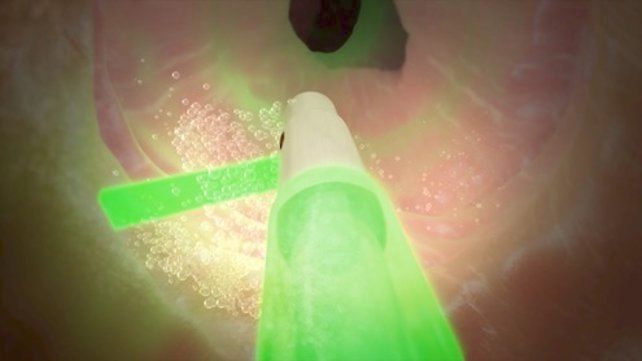
Green Light Laser Prostatectomy Recovery Plan
- Postoperative Care: After the procedure, you will be monitored in a recovery area until you are fully awake and stable. You may initially experience some discomfort, urinary urgency, and blood in the urine, which is normal and should improve over time.
- Pain Management: Your doctor may prescribe pain medications to help manage any discomfort during recovery. Follow your provider's instructions for taking pain medications and avoid taking additional medications without consulting them first.
- Catheter Care: A urinary catheter is placed during the procedure, and you will have this in place for one or two days with removal before discharge
- Fluid Intake: Drink plenty of fluids to help flush out your bladder and promote healing. However, avoid excessive caffeine and alcohol, as they can irritate the bladder and increase urinary frequency.
- Physical Activity: While it's essential to rest and avoid strenuous activity immediately after surgery, gradually increasing your activity level as tolerated can help promote healing and prevent complications. Your doctor will guide you on when it's safe to resume normal activities.
- Follow-up Appointments: Attend all scheduled follow-up appointments with your doctor to monitor your progress, assess your symptoms, and address any concerns or complications that may arise during recovery.
- Dietary Considerations: Follow any nutritional recommendations your doctor provides, such as avoiding spicy foods, caffeine, and alcohol, which can irritate the bladder and exacerbate urinary symptoms.
Green Light Laser Prostatectomy Prognosis
The prognosis following GLLP is generally favourable, with many patients experiencing significant improvement in urinary symptoms such as weak urine flow, frequent urination, and incomplete bladder emptying. Studies have shown that GLLP provides long-term relief from symptoms of BPH with sustained improvements in urinary function and quality of life over several years following the procedure.
Compared to traditional surgical methods such as transurethral resection of the prostate (TURP), GLLP has been associated with a lower risk of sexual side effects, preserving erectile function and ejaculation in many cases.
GLLP is a minimally invasive procedure with a lower risk of bleeding, urinary incontinence, and other complications compared to traditional surgery, resulting in shorter hospital stays and faster recovery times.
By effectively relieving symptoms of BPH and improving urinary function, GLLP can significantly enhance the quality of life for men affected by this condition. It allows them to resume normal activities and enjoy a better overall quality of life.
Green Light Laser Prostatectomy Risks
- Bleeding
- Burning when urinating
- Urinary Retention
- Urinary Tract Infection (UTI)
- Incontinence
- Sexual Dysfunction
What if Green Light Laser Prostatectomy is Delayed?
Delaying GLLP may lead to worsening symptoms, increased risk of complications, and a negative impact on quality of life. It's essential for individuals experiencing symptoms of BPH to undergo a thorough evaluation by a urologist and discuss treatment options promptly to achieve the best possible outcomes and quality of life.
